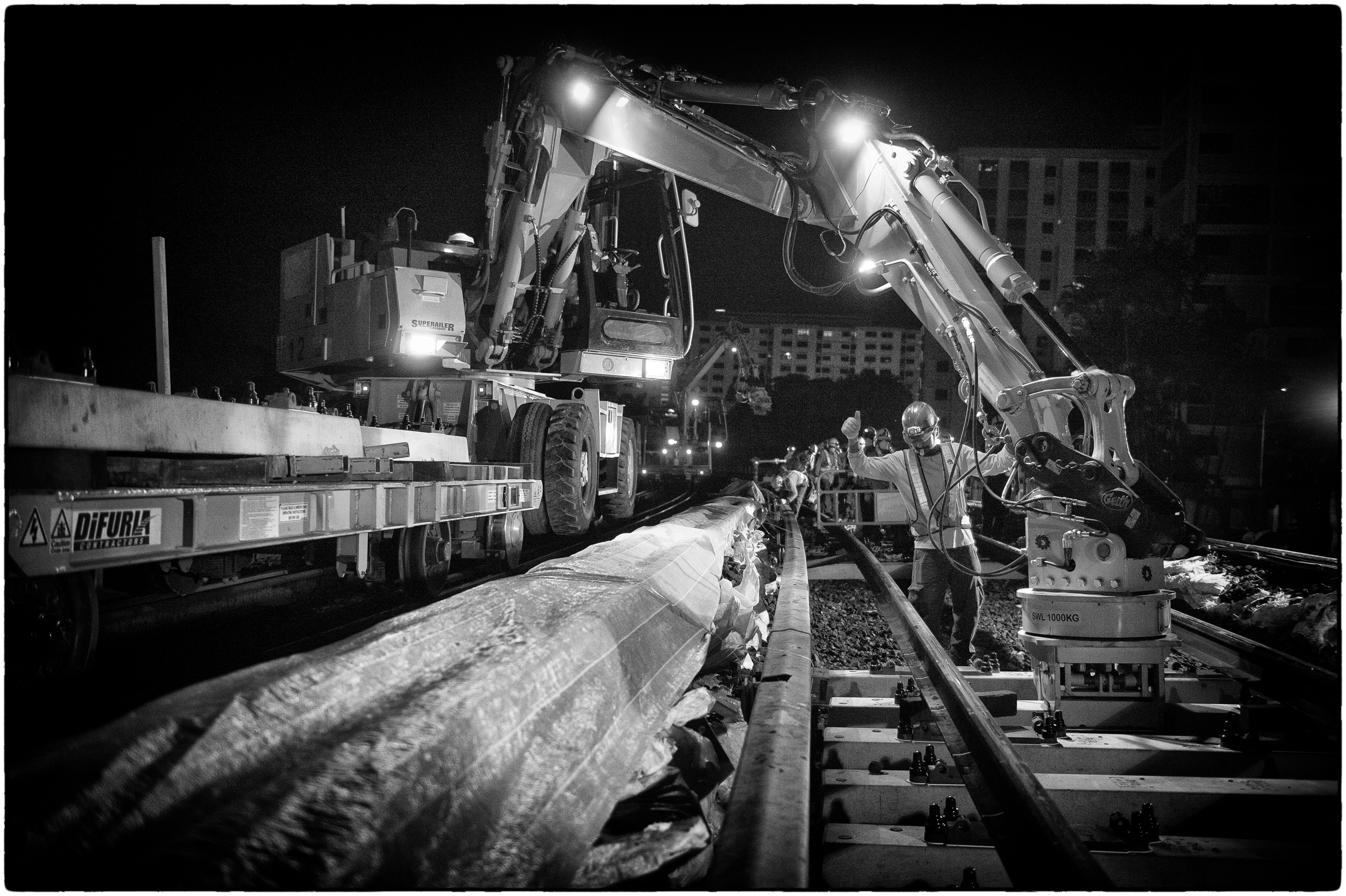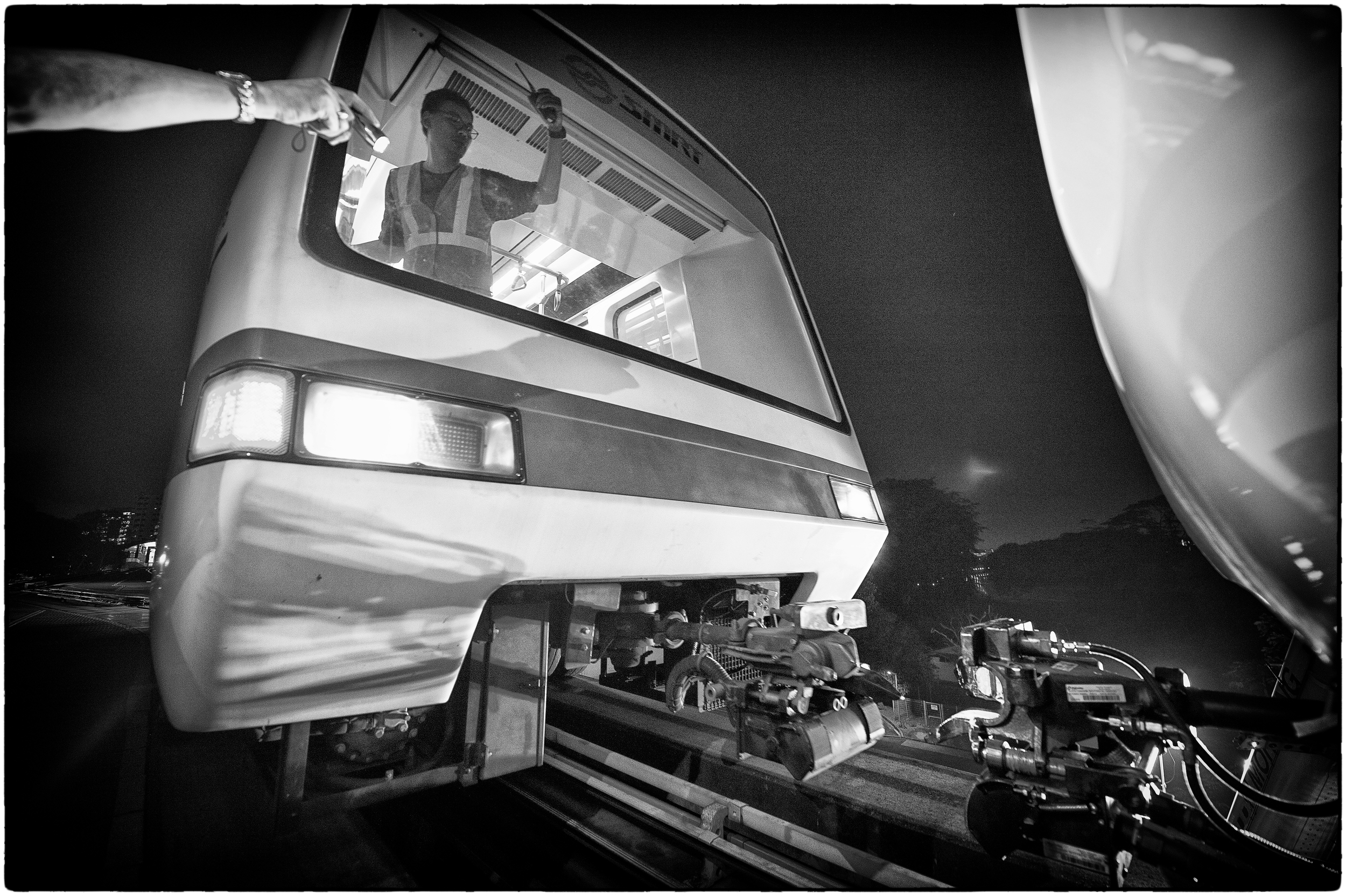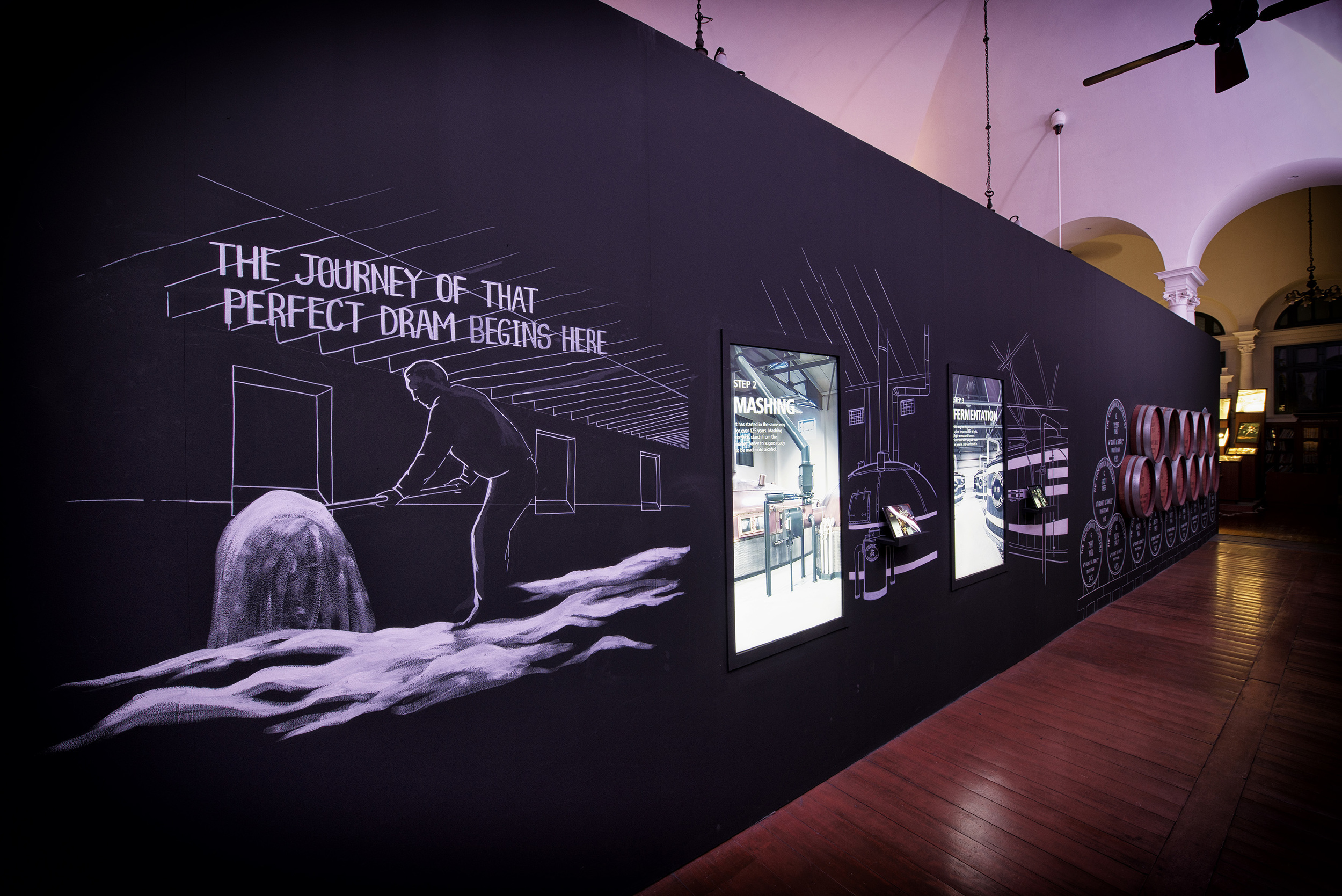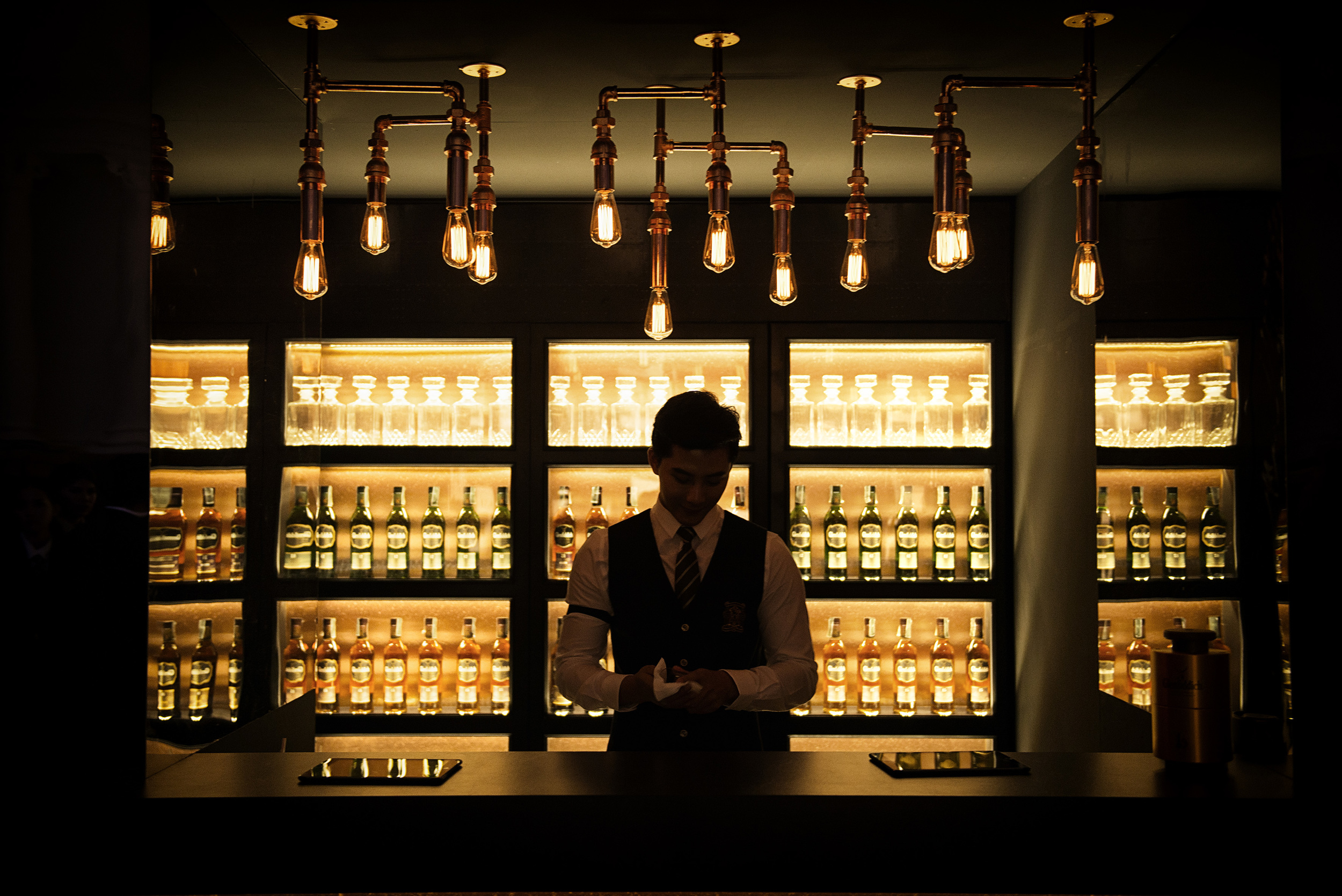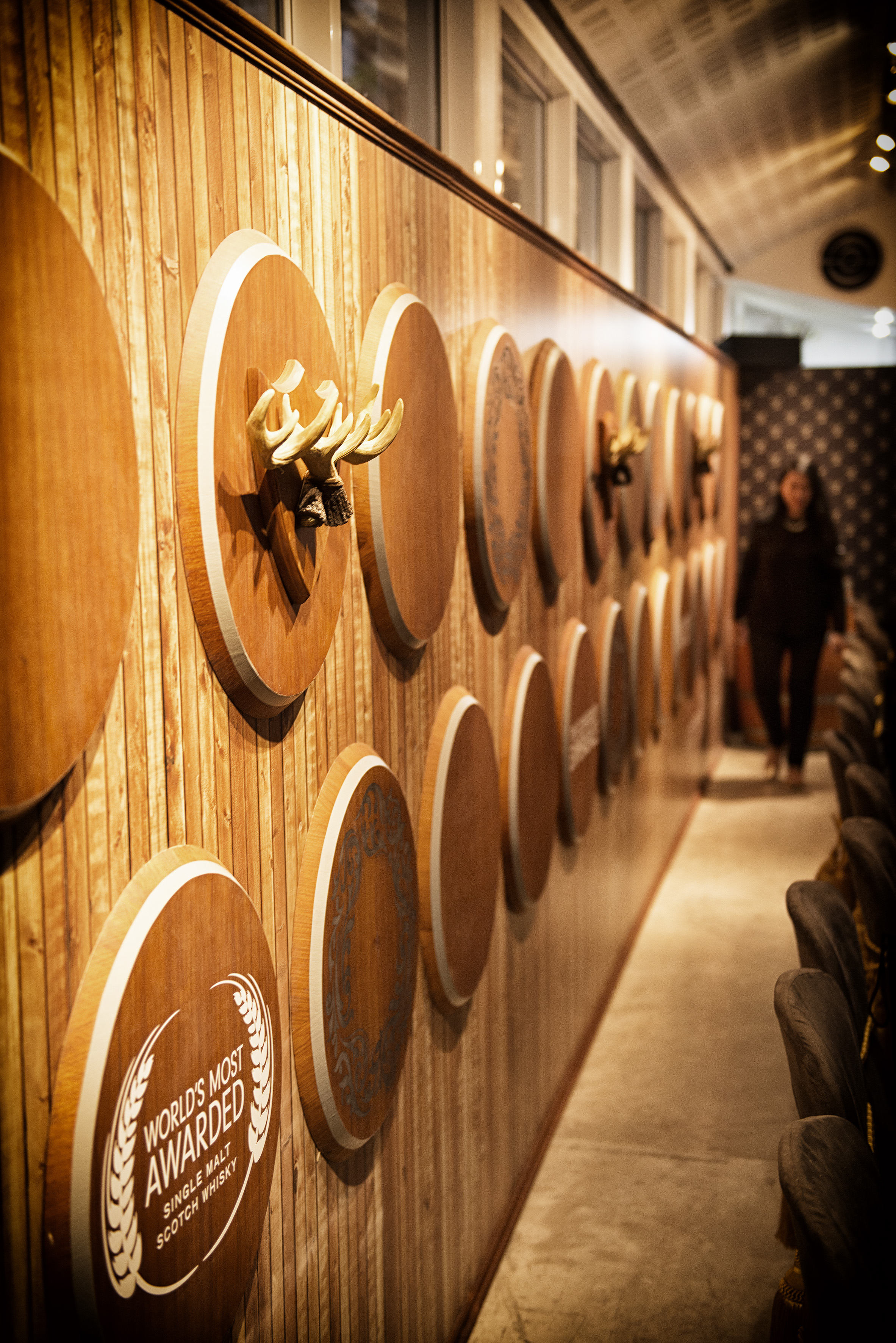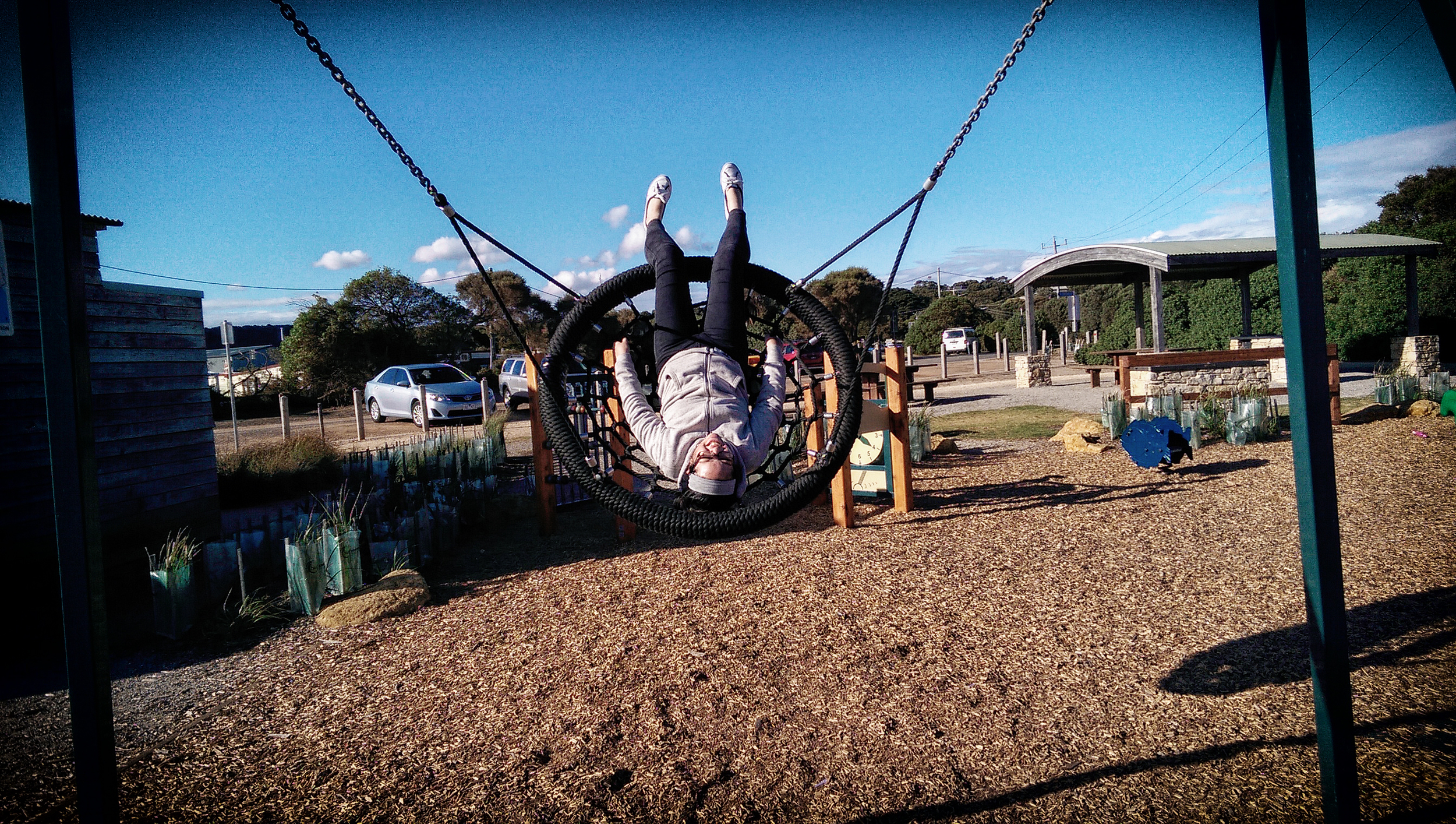The Sony A7 system is rapidly maturing thanks to the ease of which third party lenses can be easily used with adaptors by Metabones, Voigtlander, Novoflex and many others. However, the fact that many established lens makers are making E mount lenses specifically for the A7 series cameras is testament to the growing popularity of the system and the hunger of photographers for more new options.
While Sony already has a slew of great lenses for their cameras including their recently released G-master series lenses, the one thing they are missing is a fast wide-angle lens.
Enter Zeiss, the German lens maker who has already launched two very successful autofocus lenses in their Batis line, namely the 25mm f2 and the 85mm f1.8 (see review here), which are made specifically for the Sony system. Their latest offering, the Zeiss Batis 18mm f2.8 Distagon, is tailored not only for landscape photographers, but for every photographer needing a fast, wide prime in their bag.
Featuring 11 lens elements in 10 group, the 18mm shares its distinctive organic look and feel with its Batis Siblings. The digital OLED display shows distance and depth of field ranges that are a godsend for street photographers shooting from the hip. It has a field of view of 99°, with a minimum focusing distance of 25cm. It is also marginally larger than the Batis 2/25mm with a weight of 330g (approx, the weight of a full soda can). It is also currently the fastest AF prime lens for the Sony E-Mount.
As mentioned earlier, this lens is exciting not only for landscape photographers but also commercial, editorial and street photographers who need both the wide angle AND fast aperture that this lens provides.
Thanks to Shriro Singapore, I was given the opportunity to take out the Batis 18mm for a month before its release in Singapore, and I immediately took it through its paces. Most reviews out there feature landscape photos, so I'm going to post some commercial, editorial and street shots to show the versatility of this lens. As always, I'll leave the technical specifications to other reviewers and pixel-peepers, and will focus on the performance of the lens in everyday applications.
Graphene Resercher (A7RII, Batis 2.8/18mm, ISO400, f2.8 @ 1/250)
Forklift Operator (A7RII, Batis 2.8/18mm, ISO1000, f2.8 @ 1/100)
Discussion (A7RII, Batis 2.8/18mm, ISO250, f2.8 @ 1/250)
Chemical and Biomolecular Engineering (A7RII, Batis 2.8/18mm, ISO800, f3.5 @ 1/40)
Watermelon Slushie (A7SII, Batis 2.8/18mm, ISO800, f2.8 @ 1/50)
Punggol Point (A7SII, Batis 2.8/18mm, ISO1600, f2.8 @ 1/4)
Resleepering (A7RII, Batis 2.8/18mm, ISO800, f2.8 @ 1/30)
I've been looking forward to a fast super-wide lens since I switched to the Sony system. While the Sony 16-35 f4 does an admirable job on the wide end, the f4 maximum aperture does limit my work a bit. This Batis sits squarely at the top of my list when looking for a fast wide prime and as you can tell from the pictures above, the distortion is minimal for such a wide lens, especially when the camera is level. Even a slightly tilted perspective offers very good distortion control.
The Batis 2.8/18mm will be available in Singapore at the end of August in limited quantities with a recommended retail price of $2089.











